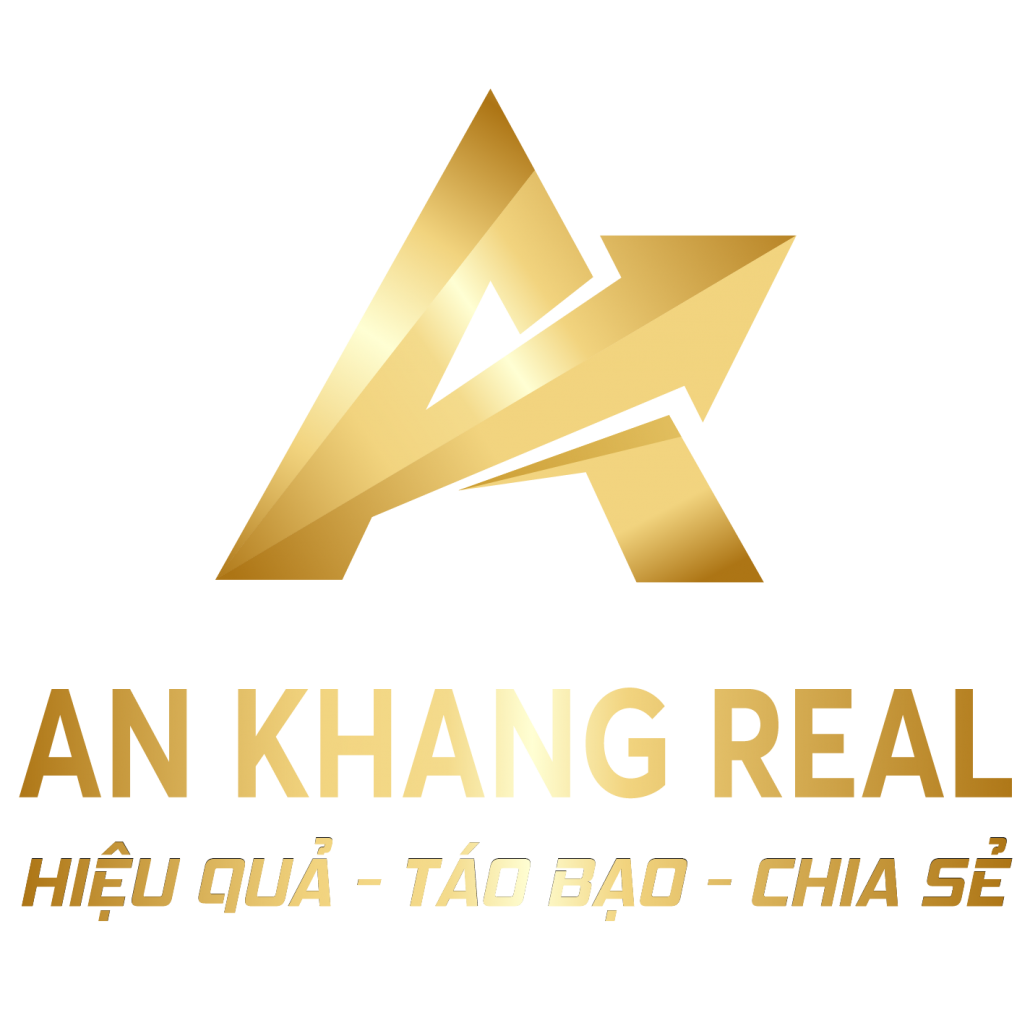Nội dung bài viết
Resistance is the level at which supply is strong enough to stop the stock from moving higher. The support level, in terms of finance, is the price at which investors often buy or sell stocks. These charts help in detecting when a stock is being heavily bought or sold in order to decide when it is best to buy, sell, or hold your stock positions. Heikin-Ashi reversal candlesticks have small bodies and extended upper and lower shadows, similar to conventional candlestick reversal patterns.
The Role of Technical Analysis in Trading and Investing
Line charts may be helpful when you’re looking for a high-level glance at a market or want to see the general trend of a security (or any set of data points). Line charts generally connect single data points over a specific time (see figure 1). Line charts can also be helpful when you want to compare two or more securities or indexes.
- A rounding bottom is a chart pattern in which price movements form the letter U and usually indicate a bullish upward trend.
- From basics of stock market, technical analysis, options trading, Strike covers everything you need as a trader.
- By examining various chart patterns, like head and shoulders, triangles, or double tops, traders can identify recurring trends and patterns that may indicate future price movements.
In most charting platforms, the most you can display with a candlestick chart is less than what you can with a bar chart. The wider part of the candlestick is shown between the opening and closing price. It is usually colored in black/red when the security closes on a lower price and white/green the other way around.
Hedge funds use candlestick chart patterns to create the algorithms on which they rely to make lightning-fast trading decisions. Unlike other AIs that only analyze numbers, WarrenAI indentifies visual patterns (candlestick formations, support levels, and trends) that make or break trades. You understand the complexity involved in manually cross-referencing trends, RSI, MACD, and volume. You even understand the top stock chart patterns and how to interpret their bullish or bearish meanings.
Within a stock chart, certain repeatable patterns may appear that can provide clues to help determine where a new trend begins and ends. This means they also provide possible entry and exit points for trades. At first, it’s easy to become overwhelmed with the many looks and uses of technical analysis and charting.
It is clear as well as a simple way of getting a general idea of the price movement’s direction in the market, which is preferred by some traders. The use of charts is so prevalent, that technical analyst is often referred to as chartists. Originally, charts were drawn manually, but a majority of charts nowadays are drawn by computer.
Which timeframe is best for chart patterns?
Candlesticks aren’t simply limited to the price of one particular asset. Its practicality makes the chart a particularly useful tool in understanding price trends and understanding market sentiments. Normally, the area charts give a reading on the quantity but that is not the case for financial securities. The colour of the area ends up as green when the closing price of the security is higher than the closing of the previous time frame.
Although time is depicted on the horizontal axis, the units of time are determined by when the trend changes. A main method technical analysts use to forecast security prices is recognizing patterns and trends of security prices, and the easiest way to spot patterns and trends is with charts. Using charts is so prevalent that technical analysts are often called chartists. Originally, charts were drawn by hand, but nowadays, they are drawn by computer. types of charts in technical analysis Choosing the right chart type is more than a matter of preference—it’s a strategic decision that can impact how you interpret price movements and market signals.
Charting: Unbalanced Butterfly
Bar charts are a popular chart type in technical analysis, providing a more detailed view of price movements compared to line charts. They convey essential information about an asset’s open, high, low, and close (OHLC) prices for a specified time period, making it easier to analyze market dynamics and make informed trading decisions. Price trends and market patterns play are used in technical analysis, as they provide valuable insights into the market’s direction and potential future movements. Technical analysts believe that stock prices tend to move in trends, either upwards (bullish), downwards (bearish), or sideways (consolidation). Identifying the prevailing trend is a critical aspect of technical analysis, as it helps traders make informed decisions about when to enter or exit positions. Trading in the direction of the trend is considered a key principle in technical analysis, as it often increases the likelihood of successful trades.
- To identify chart patterns, look for specific formations in price charts that signal potential future movements.
- Key retracement levels are typically drawn at 23.6%, 38.2%, 50%, 61.8%, and 78.6%.
- The benefit of using line charts is that they can make patterns easier to spot.
As a beginner to technical analysis, it can be overwhelming to know or remember all the different chart patterns; this is where a chart patterns cheat sheet can come in handy. The primary disadvantage to trading chart patterns is the risk of a false breakout. This happens when the price moves outside the pattern but immediately returns within it or to the other side. Unfortunately, it can occur multiple times before the pattern experiences a breakout and a continuation or a reversal occurs. Rectangles are continuation chart patterns in which the price moves up and down between parallel support and resistance lines, indicating the absence of a trend.
Usage in Trading
A beginner often falls into the trap of using a dozen indicators, only to suffer from analysis paralysis when they inevitably contradict one another. The secret to effective Technical Charts Interpretation is not complexity, but confirmation. The subsequent breakout from the triangle, usually in the direction of the original trend and on high volume, signals that the market is ready to resume its movement. The key signal comes when the price breaks below the neckline (the support line connecting the low points). The Relative Strength Index (RSI) is a momentum oscillator that measures the speed and change of price movements. They smooth out price fluctuations (noise) to clearly show the prevailing trend direction.
Trend Confirmation with Moving Averages
Market patterns, such as basic chart patterns and candlestick patterns, are graphical representations of price movements that often exhibit recurring behavior. These patterns are used to identify potential trend reversals or continuations, as well as entry and exit points for trades. Technical analysts study market patterns to gain insights into the market’s collective psychology, which can help predict future price movements. The candlestick charts which originate their roots in japan are what most individuals involved in technical analysis commonly use.
Identifying Market Trends
On the other hand, if there is consistently more selling pressure than buying pressure, it might be time for traders to exit their positions. By combining pattern recognition with support and resistance levels identified from candlesticks, traders can make informed decisions about when to buy or sell within their trading strategy. The most important factor when reading Heikin Ashi charts is identifying the trend. By examining the color of each candle, traders can determine whether the price is trending upward or downward. If a succession of candles has colors consistent with an uptrend (i.e., all green), it is likely that the price will continue to rise in the coming days.
Breakouts result in higher trending prices and breakdowns result in lower trending prices. When volume is light, stocks tend to chop around in a range known as consolidation. In the above bar, we can see five bars showing the OHLC data of a stock for Monday to Friday. On Monday, we can see the lowest price is Rs.51 and the highest price is Rs.54. The opening price of the stock is Rs.53 and the closing price of the stock is Rs.52.
This makes identifying trends more simple, however, there is one drawback. As a result of Renko charts’ basic brick design, some price information is lost. We have, hence, come to the conclusion that Candlestick charts are helpful for traders because they provide data on four price points of the specified time period.
You can have a weekly, monthly, or hourly line chart or customize it for different time intervals. The simplicity of a line chart lies in the fact that a trader can understand the underlying trend instantly by looking at the chart. A line chart is typically used when you want to track and monitor price changes over short and long periods. The most significant disadvantage is its simplicity, as it only provides information about the trend. Stock chart patterns play a crucial role in technical analysis of the financial markets.
They are user-friendly and can be customized to suit individual trading strategies and preferences. Technical analysis charts enable traders to recognize common chart patterns that can suggest future price movements. Patterns like head and shoulders, triangles, and flags can indicate continuations or reversals in price trends. Upward bricks are usually shown in white or green, and downward bricks in black or red. Renko charts are useful for identifying support and resistance levels, filtering out market noise, and staying focused on long-term trends. A point and figure chart bears no resemblance with the other three kinds of charts discussed above.








